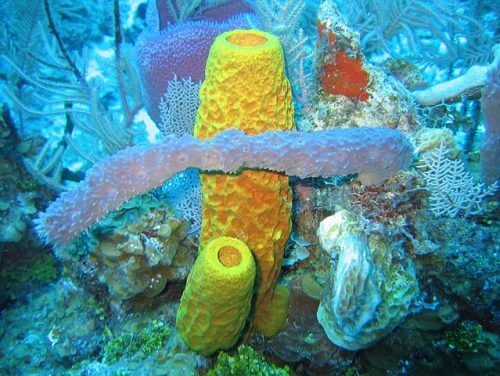Inspired by nature, researchers from MIT have developed a new methodology for examining substitutes for traditional cement mixtures, with the aim of producing concrete that is stronger and more durable over time.
by Amir Gildor

Concrete is the most common artificial material in the world. It consists of a mixture of gravel, sand and cement. The mixing of the materials is currently done using traditional methods, which do not allow precise control of its internal structure. The lack of precision makes it difficult to produce strong and long-lasting concrete since the internal structure largely affects these properties.
In a study conducted at the Massachusetts Institute of Technology (MIT), the possibility of fundamentally changing the method of concrete production and improving the concrete's strength and durability was examined by finding substitutes for cement, which would enable better control over the concrete structure. In addition, reducing the use of cement is of environmental importance, since the production of cement requires a lot of energy.
To enable engineers to test the effectiveness of the various cement substitutes in improving the concrete, the researchers developed a methodology to examine the effect of the internal structure of the concrete on its strength and durability over time. The methodology examines the structure at different scales, from the nanometer level to the macro level. This is by using advanced imaging technologies such as magnetic resonance, electron microscope, scanner, and X-ray imaging. These methods make it possible to examine the porosity of the concrete, which is recognized as one of the main factors that affect its quality.
The inspiration for the development of the new methodology was drawn from the animal world. The researchers first examined various examples of very strong structures known in nature such as bones and sea sponges. Then, they linked the nanometer and micrometer structure of the biological material to its strength and durability over time at the macro level. On the basis of these connections, a general methodology was built to link the structure of the material at different scales to the strength of the general structure and its durability, which was adapted for use by cement engineers.
The researchers hope that the new methodology, which was developed inspired by animal structures, will allow engineers to find effective substitutes for traditional cement. This is in order to improve the quality of the concrete and build strong and durable structures for a long time than is customary today.
More on the subject on the science website
- Enforcing green building standards on every new building or renovation will save the construction of power plants billions of dollars
- Smart cities turn trash into a resource
- Imitation of principles from nature in the development of synthetic materials
